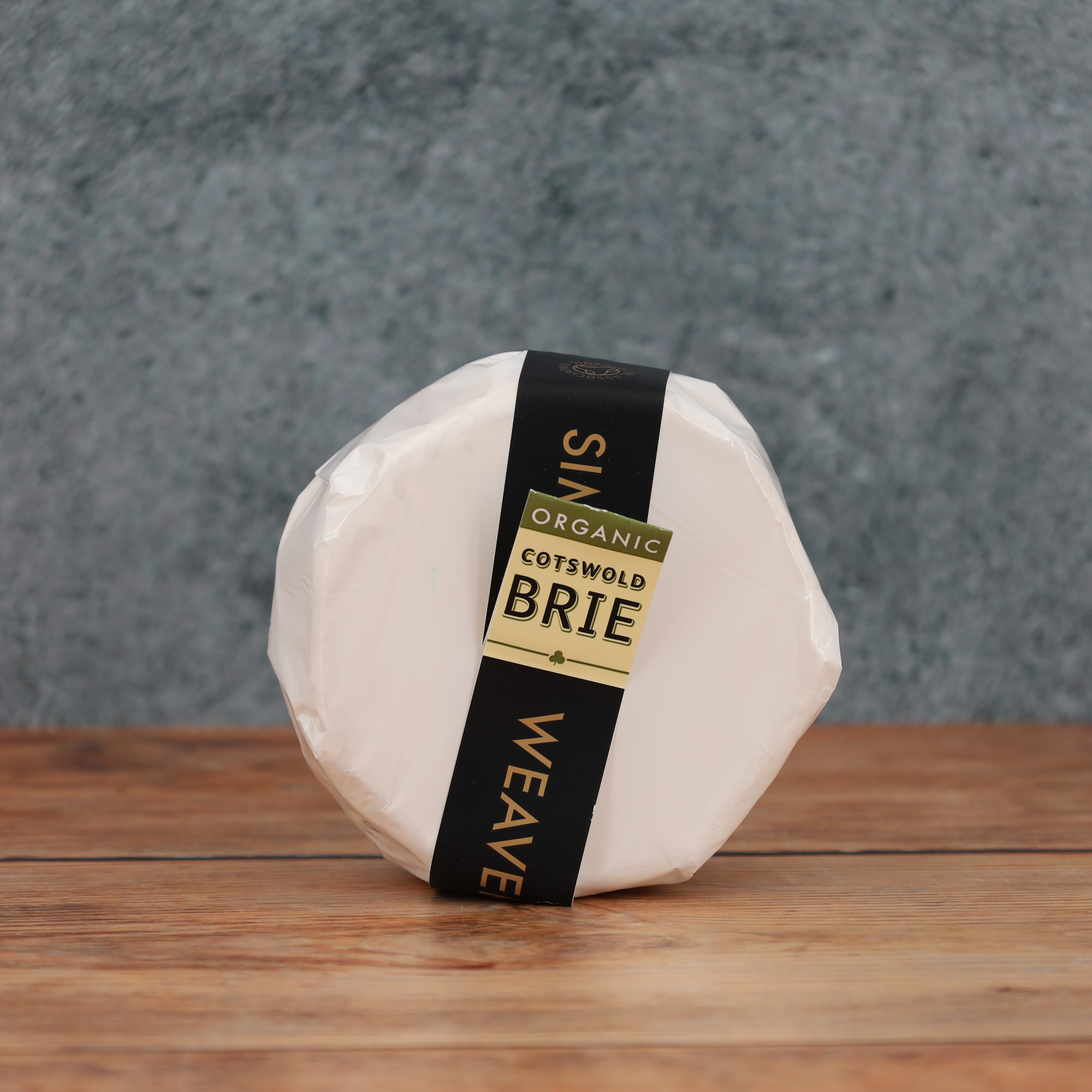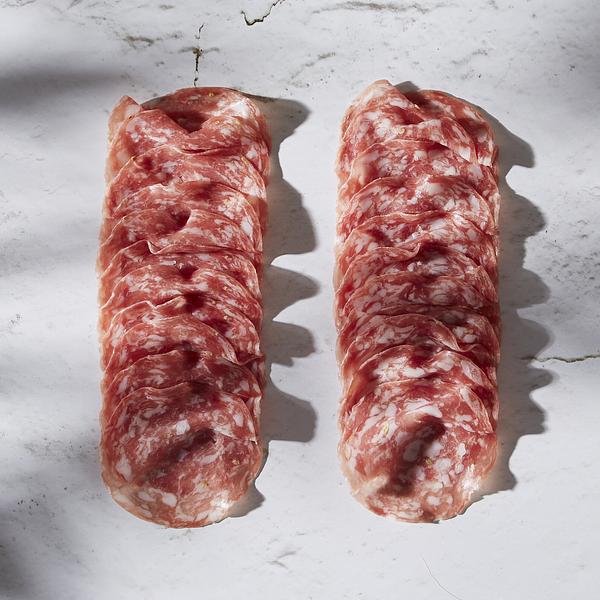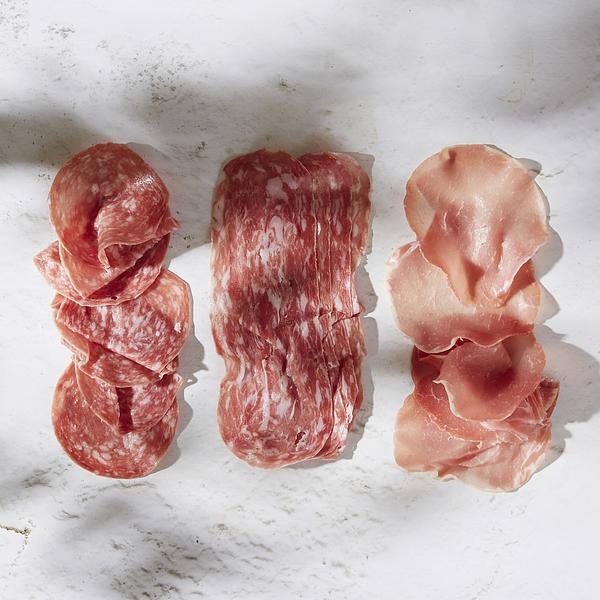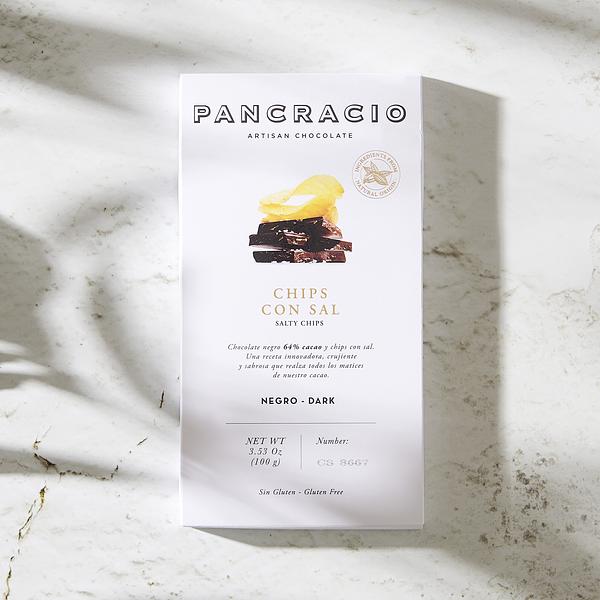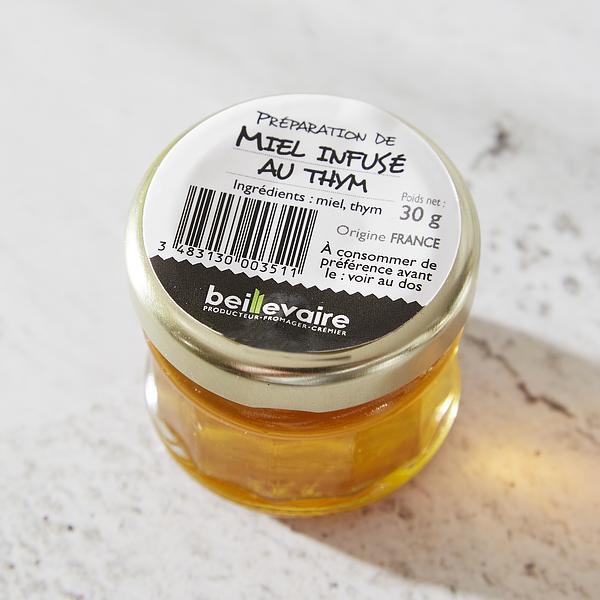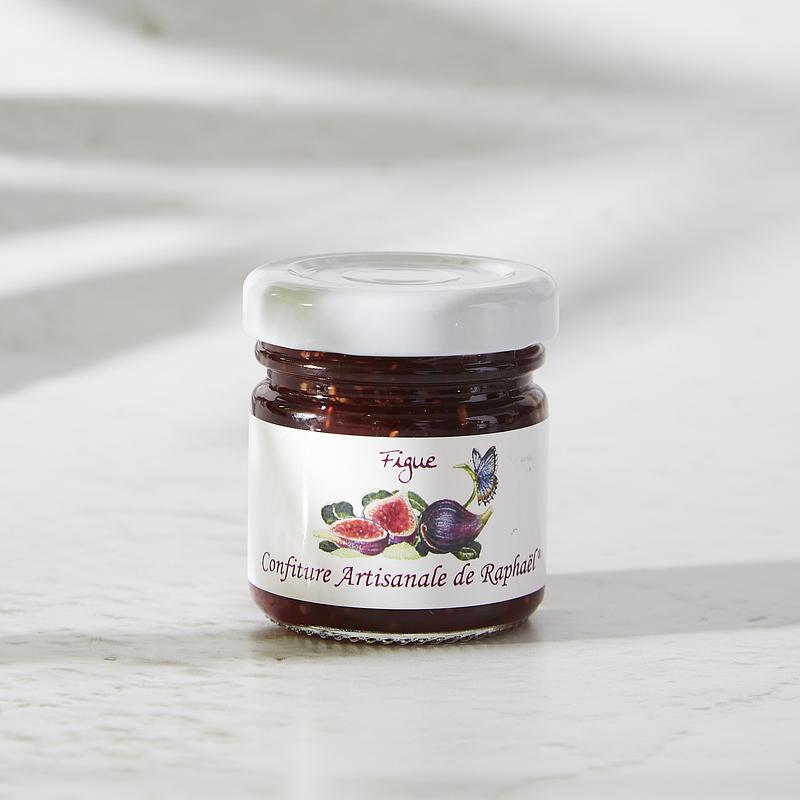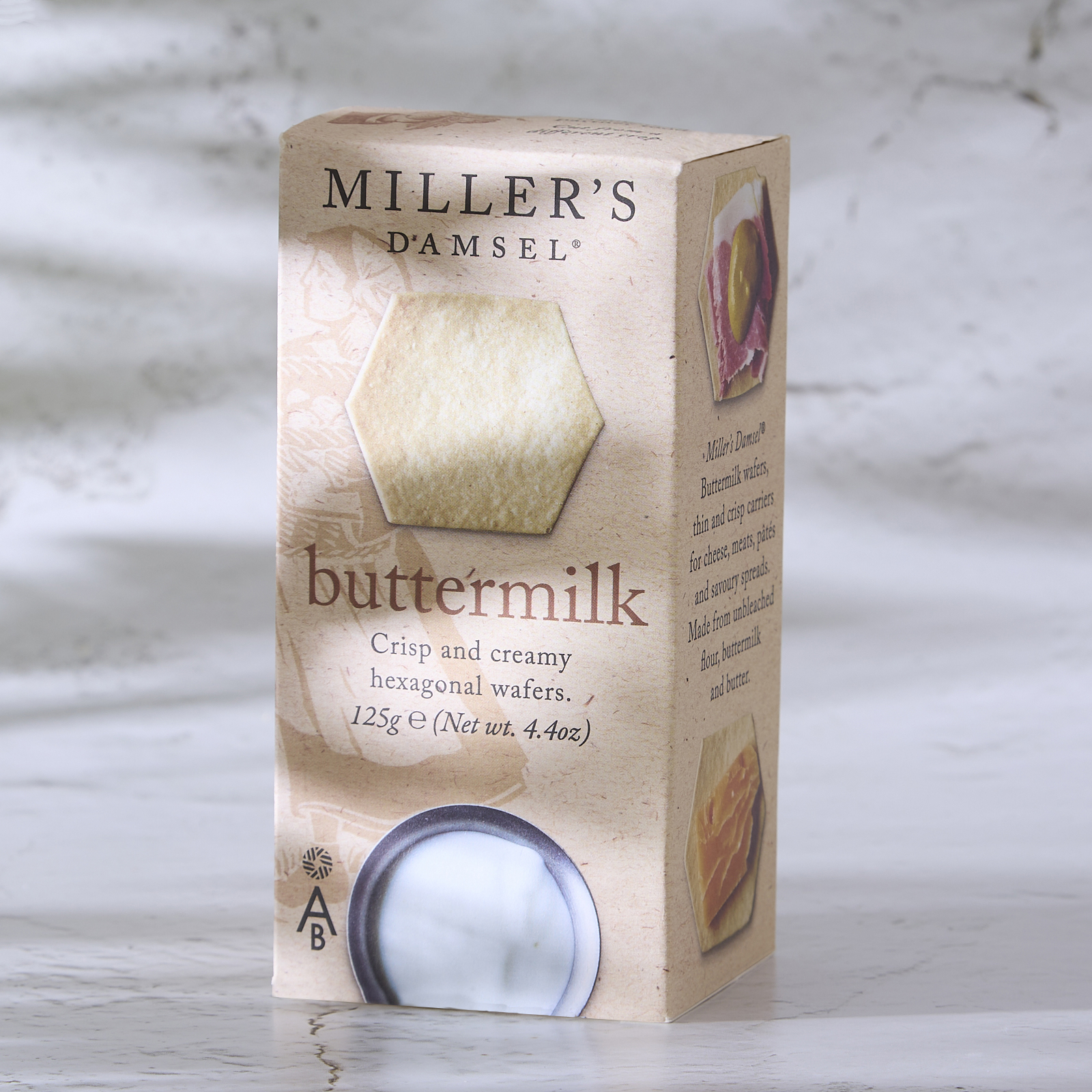CHEESE I
LINCOLNSHIRE POACHER
Profile
Age: 14 – 16 Months
Country + Region: United Kingdom, Lincolnshire
Milk Type: Cow
Pasteurised: No
Strength Of Cheese: 3
Style Of Cheese: Hard
Vegetarian: No
Texture: 5
How Its Made
Making the cheese is an unusual blend of art and science. Getting the right temperatures and acidities throughout the process is vital.
The cheese maker also needs to have a really good feel for the curd because it is this, that determines when the whey is drained off. This is critical for getting the right texture and our distinctive flavour.
Unpasteurised (raw) milk from the afternoon milking is held in a bulk tank and kept at chill temperature overnight. In the morning the cold milk from the previous evening’s milking is piped into the cheese vat and to it, the warm morning milk is added directly from the milking parlour. Initially starter culture is introduced to turn the milk sugars (lactose) to lactic acid. Then traditional animal rennet is introduced to the milk (1 litre to 5000 litres of milk) to separate the curds from the whey, after which the milk is heated to a temperature of about 41°C.
Once the curd has set into a junket, it is cut with knives until it is the size of a pea. The vat is then stirred for about an hour until the individual bits of curd are about the size of a grain of wheat.
The whey is then drained off to leave a mat of curd at the bottom of the vat. This is cut and piled in to blocks three times (cheddaring) and then milled into chip sized pieces.
Salt is then added and mixed in by hand (very hard work!). The cheese moulds are then filled with 20kg of salted mixed curd and pressed for 36 hours.
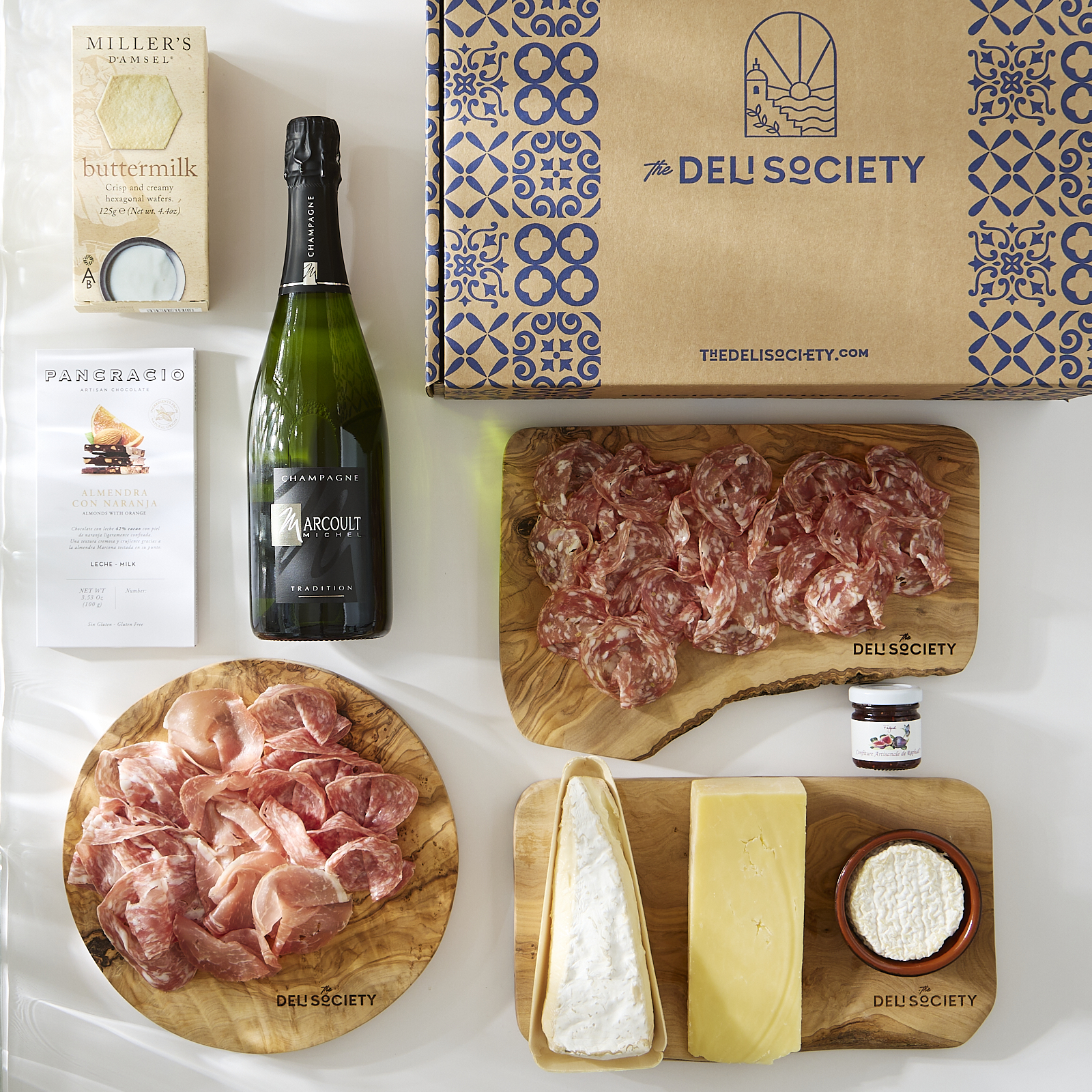
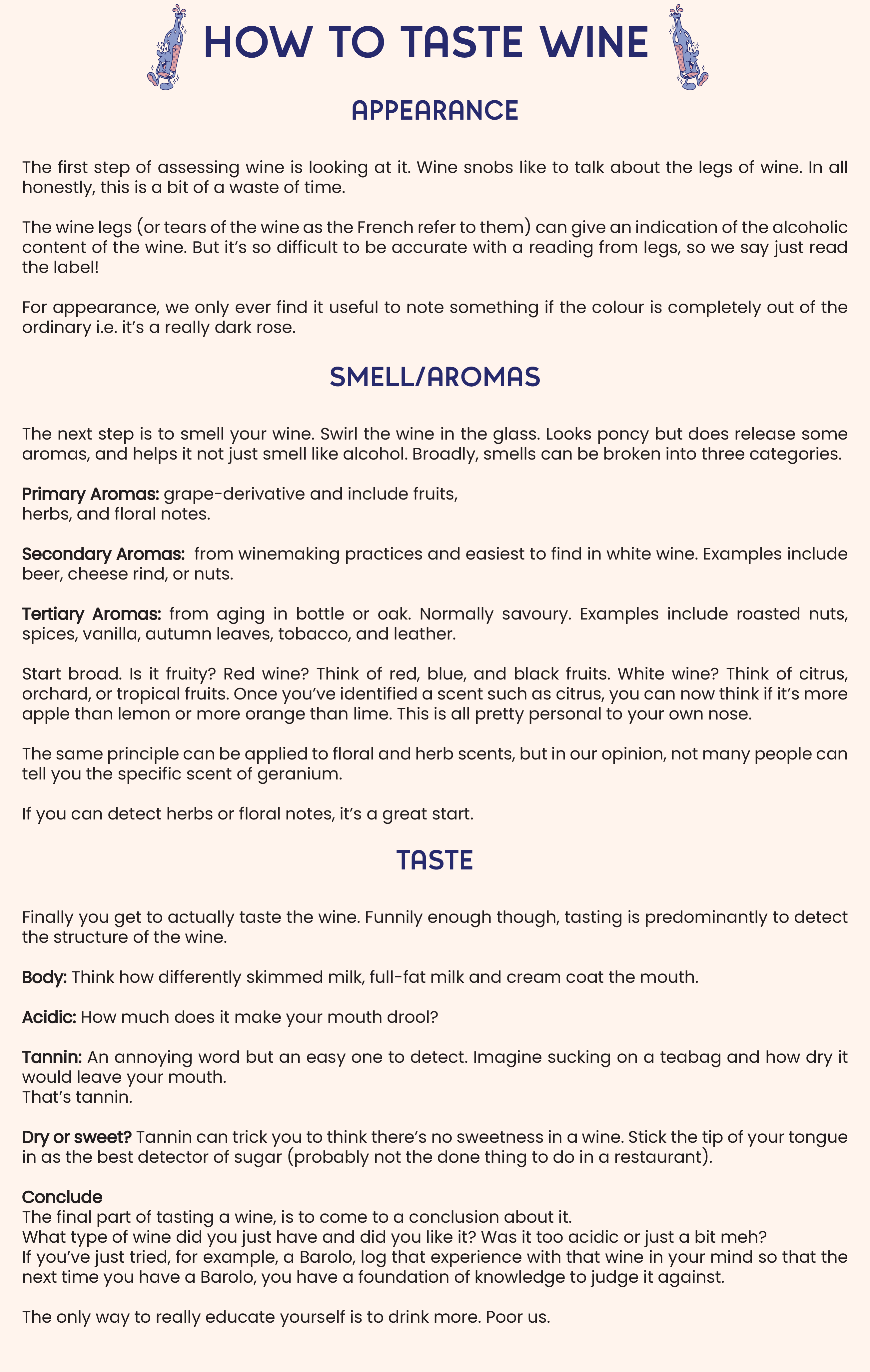
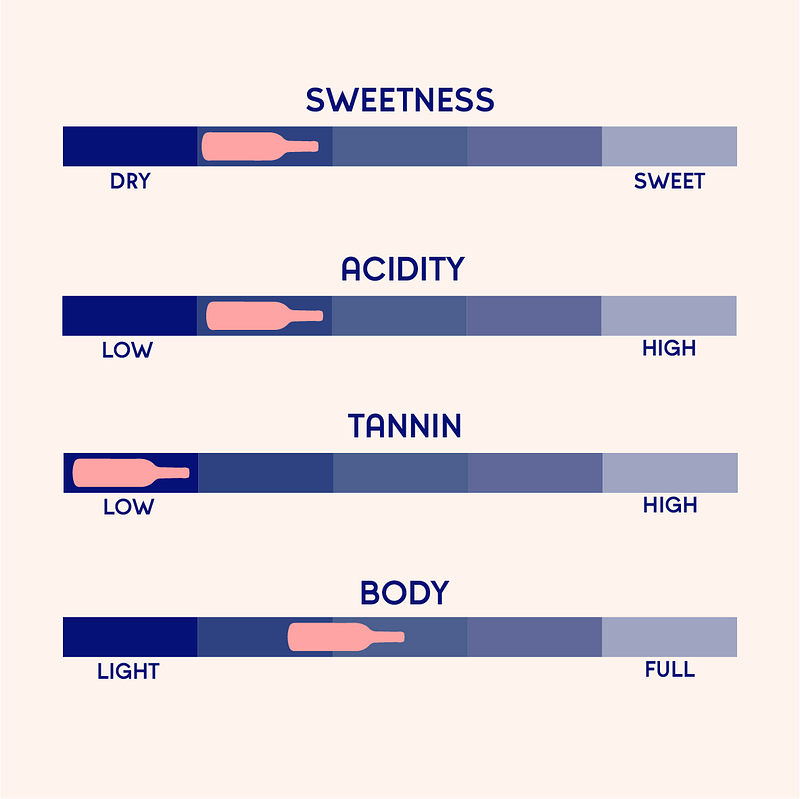
.png)
.png)
